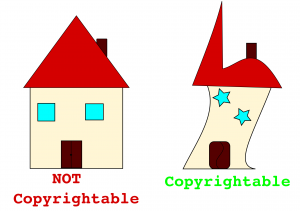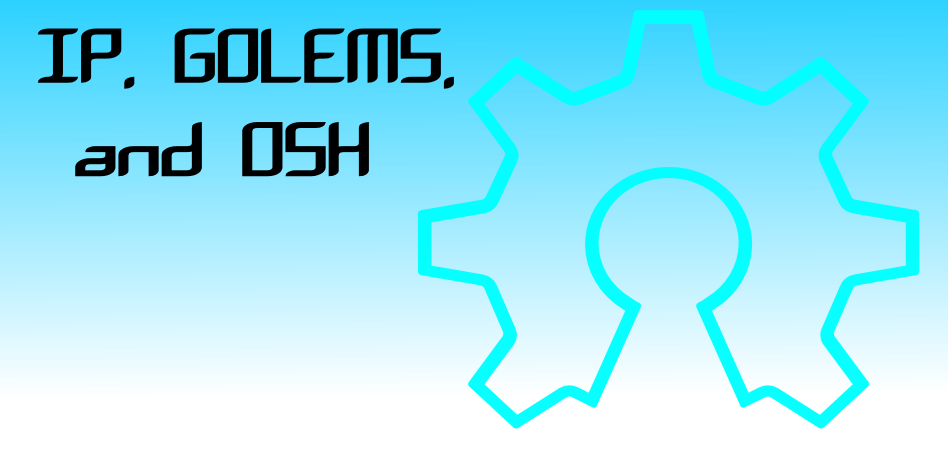Background
It is a few years the terms such as ‘Open Source Hardware’, ‘Free hardware’ or simply ‘Open Hardware’ are used. This terms usually identify hardware that have a documentation (or source files) which everybody can use, study, share and improve (and more) freely. For the sake of brevity, such hardware will here be referred to as Open Source Hardware (OSH).
A few brands that have embraced the OSH strategy are now leaders in their market niche: transparency and source-file-availability is one of their distinctive characteristic. This approach helps these companies in being trusted by users, in fostering the creation of lively and industrious communities, as well as in establishing and spreading their well known trademarks (e.g. Arduino, Sparkfun, and Adafruit industries or RepRap project).
Relevance
OSH is not just about companies. In fact there are plenty of individuals that are releasing a lot of documentation or source files daily on websites such as Instructables or Thingiverse. One of the dangers that have to be avoided at all cost is that community originated innovation gets monopolized or in some way appropriate by corporations means patents application or copyright licensing.
Question and possible answers
How to manage Intellectual Property Rights (IPR), or as some would call this set of legal instruments Government-Originated Legally Enforced Monopolies (GOLEMS), when releasing hardware documentation?
The goal would be to create a some-rights-reserved legal framework using already available instruments such as copyright, trademark and patents. This should allow makers and developers to freely manage rights and freedoms of their creation.
- Trademark: Similarly as in the case of large FLOSS projects, it is advisable to draft efficient trademark guidelines, to share the trademark with the community and at the same time keep the control of your project. Here some well drafted Model Trademark Guidelines.
- Copyright: Similarly, it is possible to use copyright/left licenses to manage any creative feature of an author’s own intellectual creation. This in the case of OSH will typically be documentation and source files. The copyright protection can be applied to the physical manufactured work, but only to the “artistic” aspects of it, not the functional ones. To better understand this concept it is possible to think of an architectural creation: the architect’s drawings are covered by copyright as well as the building if it is the author’s own intellectual creation.
There are already a few  hardware specific licenses out there:
hardware specific licenses out there:
- Patents: Is your invention patentable? (it is Novel, it involves an Inventive Step and is susceptible of Industrial Application, art. 52 EPC). #
- Defensive publication: If you feel like putting your invention on the public domain why not to draft a defensive publication, by drafting one and uploading it on a prior art database you your invention will become Prior Art and will not be Novel anymore.
- Patent pooling: Patent it and share it in a pool like the Open Invention Network but for hardware. The Defensive Patent License may be an option if you want to trigger some kind of reciprocity, I grant royalty free licenses to my patent portfolio, but if you want to be a Licensee you have to share your portfolio too!
Here there is a website, (the first I ever made) collecting some info about OSH, Copyright, Trademark and Patents.

